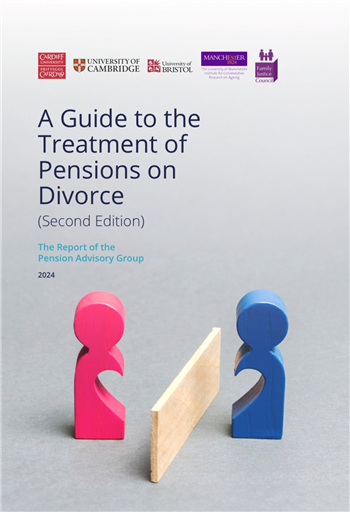
James v Seymour: The Calculator
Published: 29/05/2023 08:00

As helpfully summarised by Calum Smith on the FRJ website Mostyn J’s judgment in James v Seymour [2023] EWHC 844 (Fam) 675 included a renewed attempt to tackle how Child Maintenance should be calculated, effectively refining the methodology first set out in CB v KB [2019] EWFC 78. In short, Mostyn J sought to introduce a new formula to deal with the anomalous results produced by a blunt application of the CMS formula to incomes over the statutory cap. The exact formula is set out in an appendix to the James v Seymour judgment but can be summarised as follows:
1) First, calculate the payor’s gross ‘exigible’ income ('E'):
E = (G x (1-Z)) – P – (S ÷ 0.55)
a) ‘G’ is the payor’s gross income as disclosed in their most recent P60 or tax return;
b) ‘Z’ is the reducing factor referable to the number of children living in the payor’s household
c) ‘P’ is the amount of pension payments currently being paid; and
d) ‘S’ is the amount of school fees and extras currently being paid (a new factor that does not appear in the statute, make of that what you will).
2) If E is £156,000 or less then the court should simply apply the formula (subject to the appropriate reduction for shared care)
3) If E is over £156,000 and less than or equal to £650,000, then the formula should be applied to the first £156,000, and the balance subject to a tariff.
The formula should not be applied when E is over £650,000 or there are 4 or more children for whom child maintenance is being paid.
Mostyn J then helpfully sets out a table to demonstrate how this formula works when applied to a variety of income levels and numbers of children. As practitioners, we are asked to round ‘E’ up to the nearest row in the table and use that as our starting point.
However, if you, like me, don’t like round numbers and want a more exact figure, I have created a spreadsheet to give you the exact figures produced by this formula and you can download that sheet here. Simply input your variables in the green boxes in the ‘Input’ tab and, hey presto, you have your figures. If you want to see the workings, then turn to the ‘Calculation’ tab and feel free to email me if you think my maths is wrong.
Please note that I have produced this sheet as a tool only and nothing in it is to be construed as legal advice.
Update 31/5/23: The spreadsheet has been amended to correct an error with the calculator which would have caused the maintenance to reduce to zero if the non-resident parent was having fewer than 52 nights of contact per annum.









